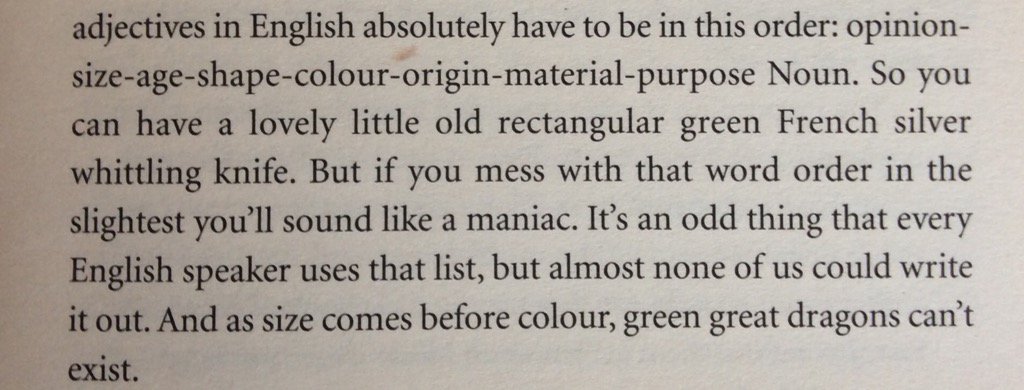It is Holocaust Memorial Day on 27th January, which is a day to honour and remember the 6 million Jewish people who were murdered by the Nazis in the Second World War. Here we review some of the most powerful children’s books about the Holocaust.
Through these books children can learn about the dangers of prejudice and be inspired by stories of great courage.
Stories for Holocaust Memorial Day 2023
After the War: from Auschwitz to Ambleside
By Tom Palmer
Set in 1945, this story is based on the real experiences of 300 Jewish children who came to live in the Lake District directly from Nazi concentration camps.
Three teenage boys, Yossi, Mordecai and Leo find peace and safety in Ambleside after the unimaginable horrors they have survived. The story is founded on careful research carried out with the Lake District Holocaust Project and interviews with some of the 300 people and their relatives.
It is an emotional story of the boys’ slow path to recovery and how they live with the nightmares that haunt them. There is enough description to help children aged 10 and above to learn about the Holocaust without it being too traumatic.
The story is extremely well written. Although it is about humanity at its most evil, it is also a reminder of how resilient human beings can be.
The Diary of Anne Frank
By Anne Frank
This is the real diary of Anne Frank, translated into English and abridged for young readers.
Anne Frank is a teenage girl who hid in from the Nazis for two years before being discovered. She lived with her family and other Jewish families in a secret annex in her father’s business premises in Amsterdam.
All the time she was hiding, Anne kept a diary which has been turned into television programmes and plays over the years. It is the story of an ordinary life, led under extraordinary circumstances. From arguments with her mum to her crush on Peter – her life is laid bare. Like all those who hid from the Nazis, Anne lived her life constantly afraid of discovery and always quiet.
On 4th August 1944, not long before the end of the war, Anne and her family and friends were tragically discovered. Her father, Otto Frank, was the only person to survive the Holocaust and it is Otto who brought Anne’s diary to light.
For teenagers, Anne’s diary really brings the Holocaust into sharp focus because they can relate to her everyday feelings and experiences.
When Hitler Stole Pink Rabbit
By Judith Kerr
This is a fictional story of a girl called Anna, who is rushed out of Germany with her little brother, to escape the Nazis. The story is based on Judith Kerr’s own experience as a Jewish girl leaving Germany for England during the war.
Anna is busy getting on with her ordinary life when suddenly everything changes. Her father is taken by the Nazis, so her family is smuggled out of the country quickly. The book is fast-paced, exciting and also frightening.
The title of the book reflects the author’s personal regret that when she was hurried out of Germany she chose to take a toy dog with her instead of her favourite pink rabbit. The devastation of leaving everything behind to flee is symbolized by the pink rabbit.
When Hitler Stole Pink Rabbit is particularly poignant today. It can help children to empathise with anyone forced to leave their home and start again in a strange place.
When the World Was Ours
By Liz Kessler
This is the heartwrenching story of three children, Elsa, Leo and Max who live in Vienna in 1936. The three children believe they will be best friends forever.
But when the Nazis invade Austria everything changes. Elsa and Leo are Jewish, so they flee with their families on separate journeys across Europe. Max is German and tragically he is swept up by the propaganda of the Hitler Youth Movement.
The question of whether the three children’s relationship will survive remains until the end. Based on a true story, this is a real page turner that will keep children gripped throughout. There is a powerful ending to the story that may stay with readers for some time.
We recommend this book for young adults. It is not suitable for children of primary school age.
Does your child need extra help with English?
We hope your child has been gripped by these stories for Holocaust Memorial Day 2023.
If your child loves reading but seems to struggle with English at school, we can help. Our tutors are qualified teachers who can identify children’s areas of difficulty and put the right support in place.
To help your child to reach their full potential, please contact us today: hello@tutormykids.co.uk



